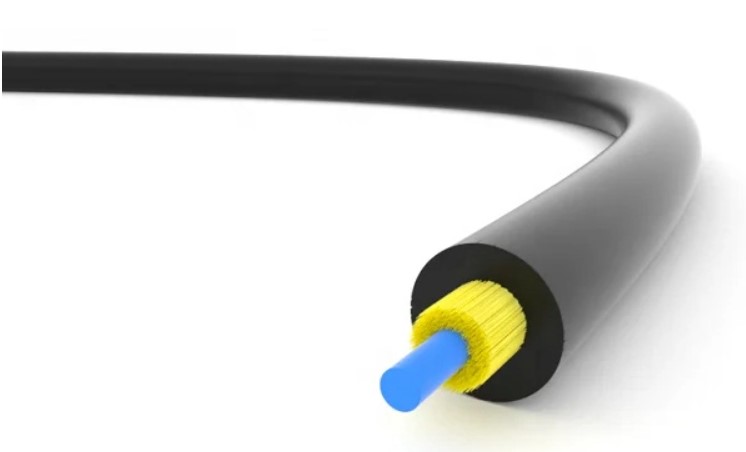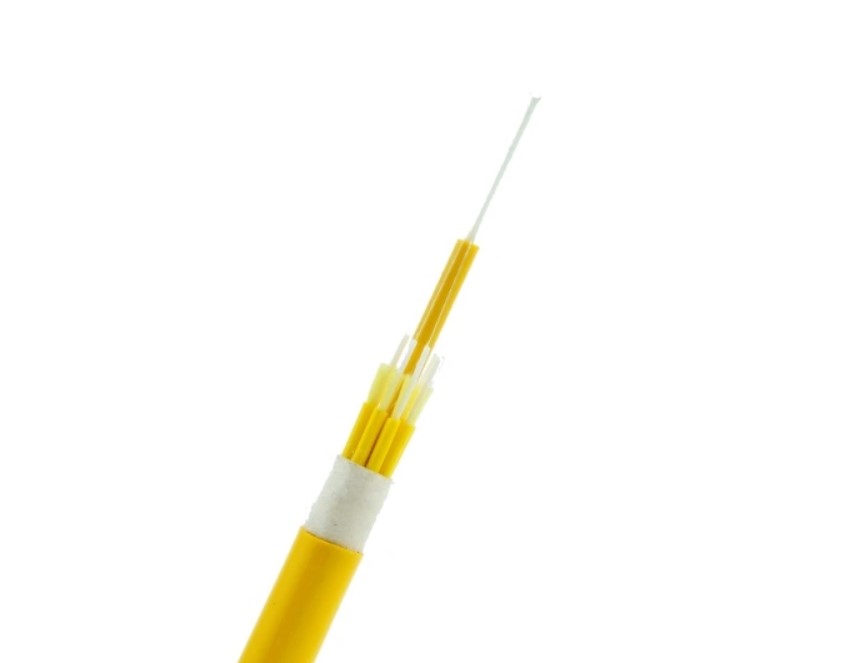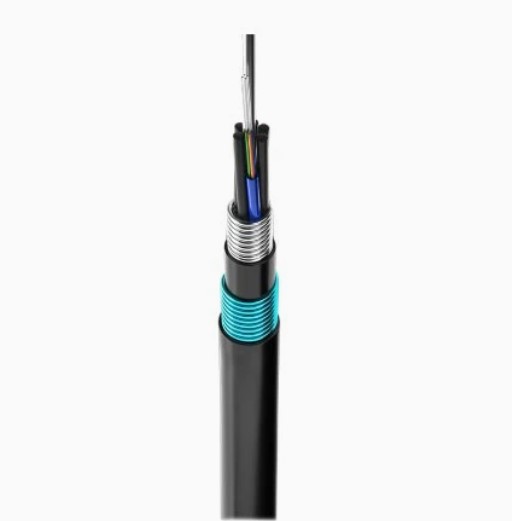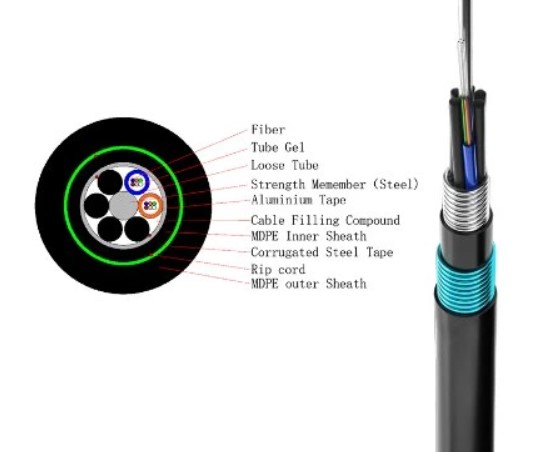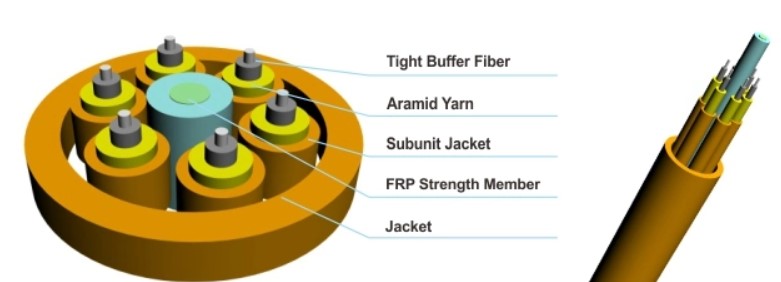Shanghai Gengyun Industrial Co., Ltd
Loose tube vs Tight buffer, how to Choose Loose Tube And Tight Buffered Fiber Optic Cable?
Loose tube vs tight buffer, Don’t know how to choose loose tube and tight buffered optic fiber cable? After reading this article, you will definitely have a good harvest between loose tube and tight buffered fiber optic cable as belows:
You can know how to choose them,
the key differences between them,
the most basic definitions of them.
Loose tube vs Tight buffer, How to choose Loose Tube and Tight Buffer Fiber Optic Cable ?
Loose Tube and Tight Buffered Fiber Optic Cable are two structural forms of optical cables.
1.Tight Buffered Fiber Cable
Tight Buffered Fiber Optic Cables, colloquially known as riser or fiber optic distribution cables, find their primary application in buildings and campuses, where they are commonly deployed within cable trays or ducts. As such, they are ideally suited for internal factory and building network infrastructures. These cables typically feature an LSZH (Low Smoke Zero Halogen) jacket, enhancing safety in case of fire.
Additionally, Tight Buffered Fiber Optic Cables excel in indoor environments and medium-range LAN/WAN connectivity due to their robust construction. A notable advantage lies in their simplified installation process, eliminating the need for post-installation gel cleanup. Furthermore, they facilitate splicing and termination procedures without the requirement of a fan-out kit, allowing for direct crimping of connectors onto individual fibers, thus streamlining the overall installation workflow.
Tight Buffer Fiber Optic
2.Loose Tube
Loose Tube Fiber Optic Cable are better for outdoors and harsh environments because they hold the fiber inside a gel that protects the fiber from water and temperature changes.
These cables should not be routed through multiple corners or bends, as this can damage the gel and expose the core. Due to the diameter of the optical fibers used in Loose Tube Cable, they typically hold more fibers than Tight Buffered Fiber Optic Cable.
The type of outer sheath and material used is also suitable for exterior or outdoor plant use.
It offers waterproof tape, rodent protection (such as steel wire armor), termite protection, sacrificial sheathing, and many other potential advantages when used outdoors or in harsh environments, usually, most outdoor cables use the PE nylon outer jacket.
Loose Tube Fiber Optic
Key differences between Loose Tube and Tight Buffered Fiber Optic Cable
1.Structure
(1)Loose Tube Fiber Optic Cables are composed of multiple 250 um fiber cores and have only one outer protective layer.
Loose Tube Fiber Optic Cable Structure
(2)Tight Buffered Fiber Optic Cable typically consists of 900 um buffered fiber and have two layers of aramid yarn (one around the fibre core and another outer layer).
Tight Buffer Fiber Optic Structure
2.Flexibility
(1)Loose tube cables offer flexibility due to the individual buffer tubes that encase the fibers.This design allows them to accommodate thermal expansion and contraction.
(2)Tight-buffered cables are less flexible due to the tight adhesion of the buffer layer directly to the fibers.
They are designed for applications where flexibility isn’t a priority.
3.Applications
(1)Loose tube cables are designed for outdoor and harsh conditions as they offer flexibility and protection against environmental factors.
They are often used in underground, aerial, underwater, and duct installations.
(2)Tight-buffered cables are intended for indoor and controlled environments.They offer protection and ease of termination. They are commonly used in indoor networking, LANs, building-to-building connections, data centers, and structured cabling.
Conclusion
The loose-tube cable is for long-distance outdoor applications, while the tight-buffered cable is usually used for moderate length indoor applications
If you still don’t know how to choose, you can contact TOEM or OFEC and we will give you the most perfect solution to meet your needs.

